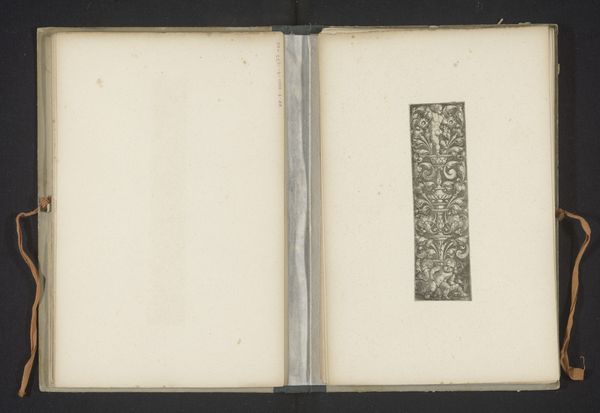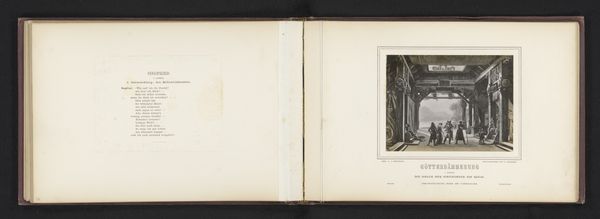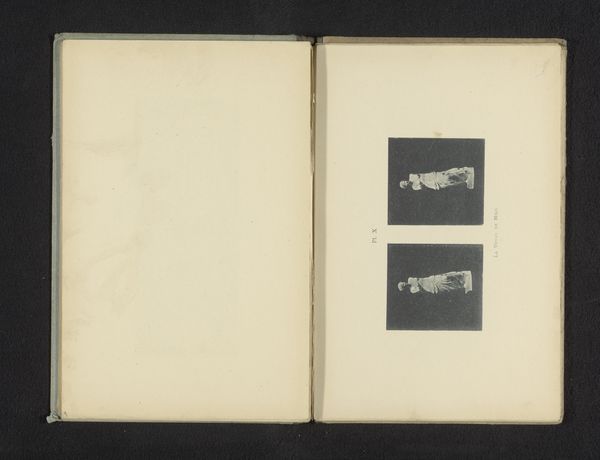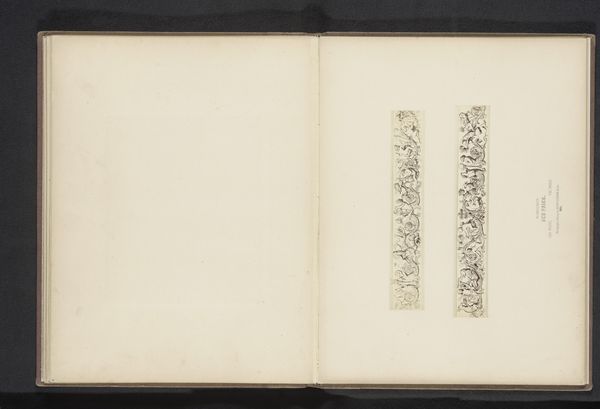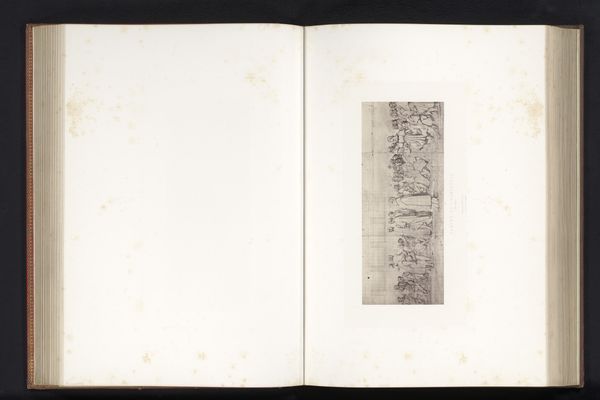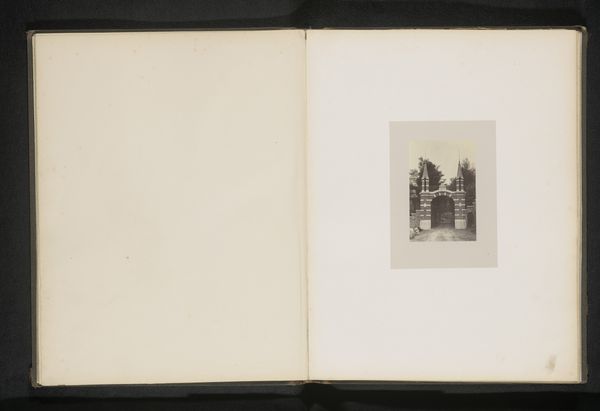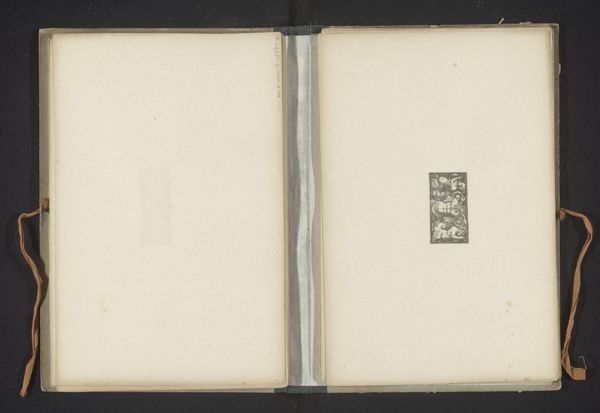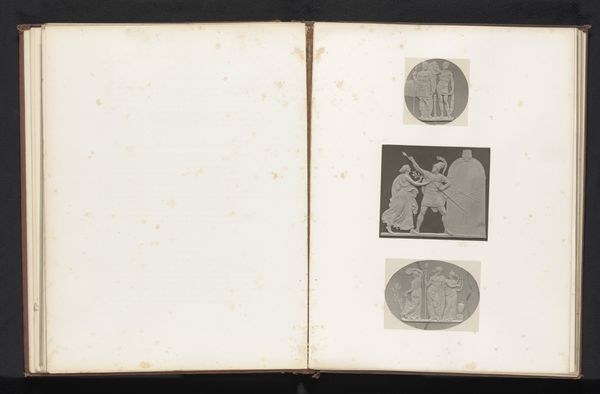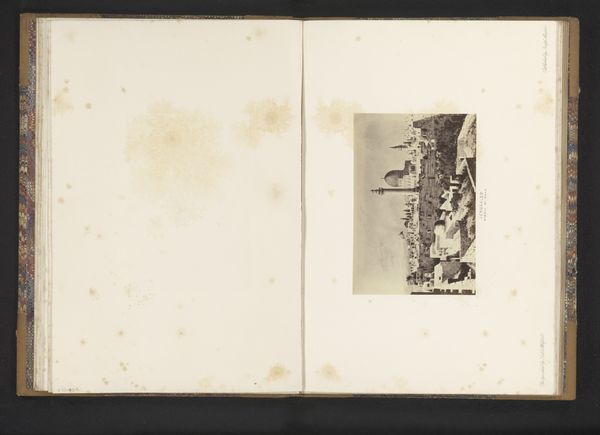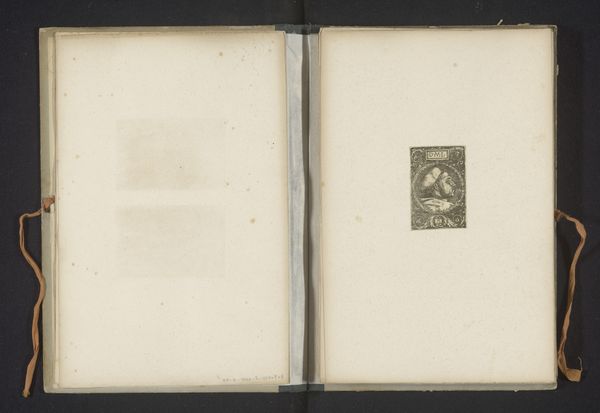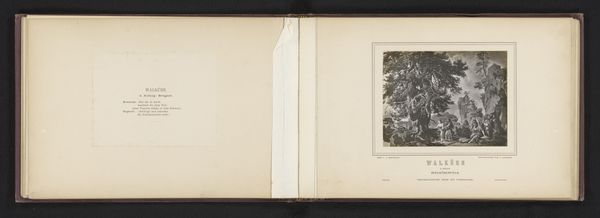
Reproductie van een prent van een man en bladeren door Heinrich Aldegrever before 1871
0:00
0:00
drawing, print, engraving
#
drawing
# print
#
figuration
#
nude
#
engraving
Dimensions: height 160 mm, width 33 mm
Copyright: Rijks Museum: Open Domain
Curator: This engraving, created by Heinrich Aldegrever, is catalogued as a reproduction of a print, and can be viewed here in the Rijksmuseum. The date of creation is listed as prior to 1871, placing the original print within a context of burgeoning interest in the human form, classically portrayed. Editor: Immediately striking is the stark linearity and elongated form of the figures. It almost feels as if the artist is experimenting with proportions, pushing boundaries. Curator: That's insightful. Aldegrever worked extensively with printmaking and was known for his role in the German Renaissance. We must understand this in light of a moment where humanist ideas were spreading but still wrestling with earlier Medieval restrictions. This piece, rendered in engravings on paper, demonstrates his ability to depict the idealized human form, referencing classical sculpture while engaging with contemporary German artistic traditions. Editor: I'm drawn to the use of nudity—what do you make of its positioning within that particular social framework, specifically referencing contemporary power structures and objectification? Are the nudes depicted in a way that subverts or reinforces conventional notions of beauty? Curator: Well, in terms of subject matter, it embodies classical ideals embraced during the Renaissance. As such, this piece participates in the valorization of the nude male and female forms, imbuing the figures with symbolism referencing both beauty and virtue while perhaps participating within contemporary cultural constructions of ideal bodies. Editor: There’s a noticeable disconnect for me. It is beautiful in a classical way, of course, but it sits on a strange boundary, simultaneously challenging and accepting norms around representation. Ultimately, it seems to reiterate more traditional concepts of beauty. Curator: Perhaps, but situating it within its production context offers greater insight. Printmaking made art more accessible, so Aldegrever’s prints would have disseminated classical ideals more widely through society. Editor: Precisely! So by looking through today's lens, do we participate in problematic conventions simply by valuing this artwork as masterful or aesthetically remarkable? This kind of work requires persistent contextual awareness and active interrogation. Curator: Absolutely. Its artistic merit needs to be contextualized against evolving socio-political mores so viewers can fully evaluate not only the art but the way art functions in society. Editor: Indeed, that's precisely why dialogue around this work remains invaluable to its continuous interpretation.
Comments
No comments
Be the first to comment and join the conversation on the ultimate creative platform.
